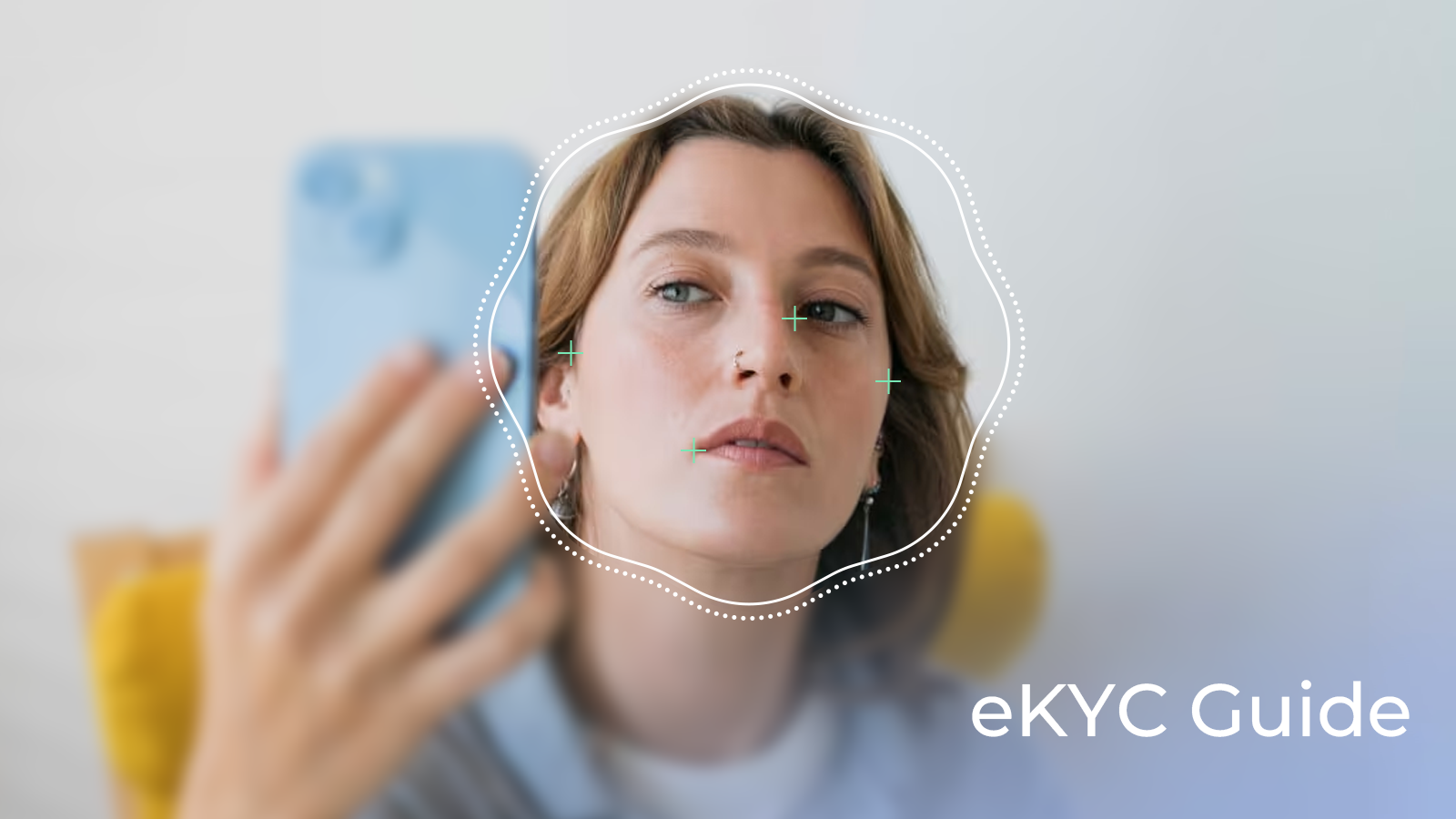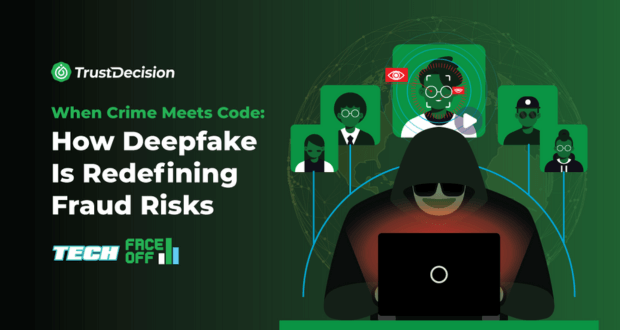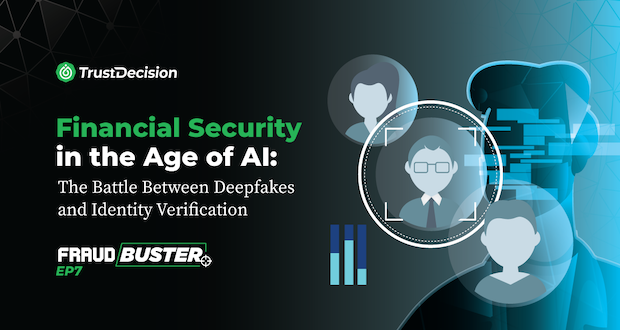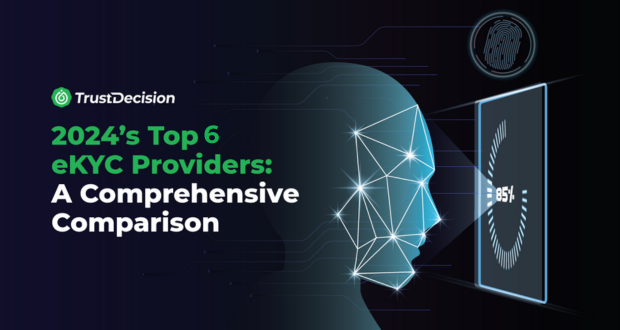Introduction
The Growing Importance of Identity Verification
In an interconnected world, verifying the identity of customers and detecting suspicious activities are paramount. AML regulations require financial institutions to have robust systems in place to prevent money laundering, terrorist financing, and other illicit activities. One essential component of this process is customer identification.
Face Comparison: A Biometric Solution
Face comparison is a powerful biometric technology that plays a crucial role in identity verification. It involves comparing two facial images to determine if they belong to the same person. Here’s why it matters:
- Accuracy: Deep learning-based face comparison algorithms achieve impressive accuracy. By analyzing facial features, these algorithms can identify subtle differences or similarities, even when dealing with variations in lighting, pose, or expression.
- Efficiency: Unlike manual processes, which can be time-consuming and error-prone, automated face comparison systems work swiftly. They process large volumes of data efficiently, making them ideal for real-time applications.
- Fraud Prevention: Financial institutions use face comparison to verify customer identities during account opening, transactions, and other interactions. By comparing a customer’s photo ID with a live selfie, they can detect potential fraud attempts.
Biometric Authentication Methods
Biometrics extend beyond face comparison. Other biometric authentication methods include fingerprint recognition, voice recognition, and iris scanning. These methods enhance security while providing a seamless user experience.
The Basics of Face Comparison
How Face Comparison Works
- Feature Extraction: Face comparison algorithms extract relevant features from facial images. These features include landmarks (such as the position of eyes, nose, and mouth) and texture patterns.
- Landmark Detection: Precise landmark detection ensures accurate alignment between reference and query images. Landmarks act as anchor points for comparison.
- Similarity Scoring: Algorithms compute a similarity score based on the extracted features. A high score indicates a strong match, while a low score suggests differences between the faces.
Real-Life Examples
Facial recognition systems capitalize on face comparison technology to identify individuals in real-time scenarios. Here are some quintessential examples:
- Customer Onboarding: To protect against identity theft and fraud, when a new customer opens an account, the bank snaps a photo ID plus a live selfie. The face comparison system is then used to ensure that the images match, thwarting impersonation attempts.
- Transaction Monitoring: Face comparison plays a key role in flagging suspicious activities during transactions. Take, for example, a scenario where a customer initiates a large transfer from an unfamiliar location. The system can set off alerts for deeper scrutiny.
- Cross-Border Transactions: In today's global economy, face comparison is a powerful tool in detecting money laundering transactions across borders. By comparing faces tied to international transactions, financial institutions can pinpoint potential risks.
- Airport Security: To tighten security measures, airports employ facial recognition. Cameras capture passengers' faces during check-in, security checks, as well as boarding. The system cross-references these images against watchlists to signal potential threats or persons of interest.
- Law Enforcement: Police departments also utilize facial recognition to identify suspects. In the event of a crime, investigators can trawl databases for matches based on surveillance images or artist sketches.
Applications of Face Comparison
Identity Verification
In the realm of identity verification, face comparison technology plays a pivotal role. Let’s explore how it is applied in various scenarios:
- Account Login: Traditional password-based authentication has its limitations. Users often forget passwords or use weak ones. Face comparison offers a more secure alternative. When users attempt to log in, their facial features are compared with a stored reference image. If the match is successful, access is granted.
- Access Control: Beyond account login, face comparison is used for physical access control. Imagine an employee entering a secure facility. Instead of swiping an access card or typing a PIN, they simply look into a camera. The system verifies their identity and grants or denies access accordingly.
- Secure Transactions: In the world of online banking and e-commerce, secure transactions are critical. Face comparison ensures that the person initiating a transaction is the legitimate account holder. Whether transferring funds or making a purchase, users can rely on biometric authentication.
Advantages Over Passwords
- No Memorization: Offering transformative advantages over traditional password-based authentication, enhancing user experience and accelerating onboarding. By using the user's face as a unique identifier, the need to remember and manage complex passwords is eliminated, reducing the risk of forgotten credentials.
- Reinforced Security: Adding an extra layer of security. By verifying a user’s identity through facial features, organizations can significantly reduce the risk of unauthorized access. Even if someone manages to obtain login credentials, they would still need to physically resemble the authorized user to gain entry. This robust security measure enhances overall system integrity.
AI Face Matching Technology
Recent advancements in AI-driven face matching technology have revolutionized identity verification and security. Let’s explore some key aspects:
Convolutional Neural Networks (CNNs)
- Role: CNNs play a crucial role in face matching. These deep learning architectures excel at feature extraction from images. By analyzing different layers of facial features, CNNs learn to recognize unique patterns that distinguish one face from another.
- Advancements: Researchers continue to improve CNNs by designing deeper networks, incorporating attention mechanisms, and fine-tuning pre-trained models. These advancements enhance accuracy and robustness.
Siamese Networks
- Purpose: Siamese networks are specifically designed for one-shot learning tasks, such as face verification. They learn to compare two input images and determine their similarity.
- Architecture: Siamese networks consist of twin neural networks with shared weights. Each network processes one input image, and their outputs are compared using a distance metric (e.g., Euclidean distance or cosine similarity).
- Applications: Siamese networks excel in scenarios where labeled training data is scarce. They have been successfully used for face recognition, signature verification, and even matching medical images.
Successful Implementations
- Financial Institutions: Banks and payment processors use AI face matching to prevent fraud. When a customer initiates a transaction, the system verifies their identity by comparing the live selfie with the photo ID on file.
- Border Control and Airports: Many countries deploy facial recognition systems at border checkpoints. These systems match travelers’ faces against watchlists to identify potential threats or persons of interest.
- Retail and Customer Experience: Retailers use face matching to personalize customer experiences. Imagine a store recognizing loyal customers as they walk in, offering tailored recommendations or discounts.
Privacy Concerns and Ethical Considerations
While facial recognition offers significant benefits, it also raises privacy and ethical questions:
- Privacy: Collecting and storing facial data can infringe on privacy rights. Striking a balance between security and privacy is crucial.
- Bias: Algorithms may exhibit bias, leading to false positives or negatives. Ensuring fairness and transparency is essential.
- Consent: Obtaining informed consent from individuals before using their facial data is vital.
Future Trends
Integration with Other Biometric Modalities
- Multimodal Biometrics: The future lies in combining face comparison with other biometric modalities, such as voice recognition, iris scanning, and fingerprint analysis. This fusion enhances security and reduces false positives.
Improved Accuracy
- Larger Datasets: As datasets grow, face matching algorithms become more accurate. Access to diverse and extensive data ensures better generalization.
- Algorithm Enhancements: Researchers will continue refining algorithms, addressing biases, and improving robustness. Techniques like self-supervised learning and domain adaptation will contribute to accuracy gains.
Regulatory Developments and Compliance
- Stricter Regulations: Governments worldwide are focusing on privacy and data protection. Expect more stringent regulations around facial data collection, storage, and usage.
- Ethical Guidelines: Organizations will adopt ethical guidelines for deploying face matching technology. Transparency, consent, and fairness will be central to compliance.
Conclusion
In this exploration of face comparison technology, we’ve highlighted its critical role in identity verification and risk management. Key takeaways:
- Importance of Face Comparison:
- Accurate customer identification prevents fraud.
- Biometric authentication enhances online security.
- Face comparison simplifies access control.
- Technological Advancements:
- Deep learning models (CNNs, siamese networks) drive accurate face matching.
- Successful implementations span finance, travel, and retail.
- Future Trends:
- Multimodal biometrics enhance overall security.
- Improved accuracy through larger datasets and better algorithms.
- Stricter regulations and ethical guidelines.









.jpeg)




